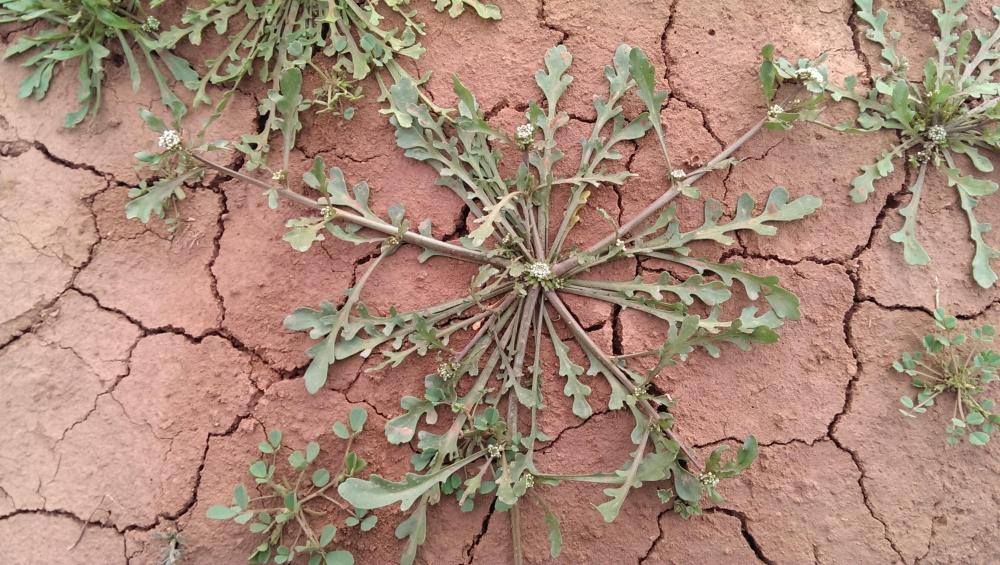Common Name: Garden Cress
Scientific Name: Lepidium sativum
Description:
Lepidium sativum, commonly known as Garden Cress, is a small, fast-growing herbaceous plant that belongs to the Brassicaceae family. This plant is native to the Mediterranean region but is now cultivated in various parts of the world due to its culinary and medicinal uses.
Garden Cress is characterized by its tender, green, and peppery-flavored leaves. The plant typically grows up to 20-30 cm in height. It features small, white to pale pink flowers that are arranged in clusters and produce small, round seeds.
Uses:
1. Culinary Uses:
Garden Cress is widely used in cooking for its distinct peppery flavor. It is often used in salads, sandwiches, and as a garnish. The young, tender leaves can be added fresh to dishes or used in soups and sauces. In many cultures, garden cress is valued for its ability to enhance the flavor profile of various dishes.
2. Medicinal Uses:
- Nutritional Benefits: Garden Cress is rich in essential vitamins and minerals, including vitamins A, C, and K, calcium, iron, and magnesium. It is also a good source of antioxidants.
- Digestive Health: The seeds of Lepidium sativum are known to aid digestion and improve appetite. They are used in traditional medicine to relieve digestive issues like constipation and bloating.
- Anti-inflammatory Properties: Garden Cress has anti-inflammatory properties, which can help in reducing inflammation and treating conditions such as arthritis.
- Detoxification: The plant is believed to have detoxifying effects on the body, helping to cleanse the liver and promote overall wellness.
Cultivation:
Garden Cress is relatively easy to grow and can be cultivated indoors or outdoors. It thrives in well-drained soil and requires moderate sunlight. The seeds are sown directly into the soil, and the plant grows quickly, typically reaching harvestable size within a few weeks. Regular watering and a temperate climate contribute to healthy growth.
Precautions:
While Garden Cress is generally safe for most people, it is advisable to consume it in moderation. Excessive consumption of cress seeds might lead to digestive discomfort. Individuals with allergies to plants in the Brassicaceae family should consult a healthcare provider before incorporating garden cress into their diet.
Conclusion:
Lepidium sativum or Garden Cress is a versatile and beneficial plant with a range of culinary and medicinal uses. Its easy cultivation, along with its nutritional and therapeutic properties, makes it a valuable addition to any garden or kitchen. Whether used to enhance the flavor of dishes or to support health, garden cress is a plant with a rich heritage and practical benefits.

